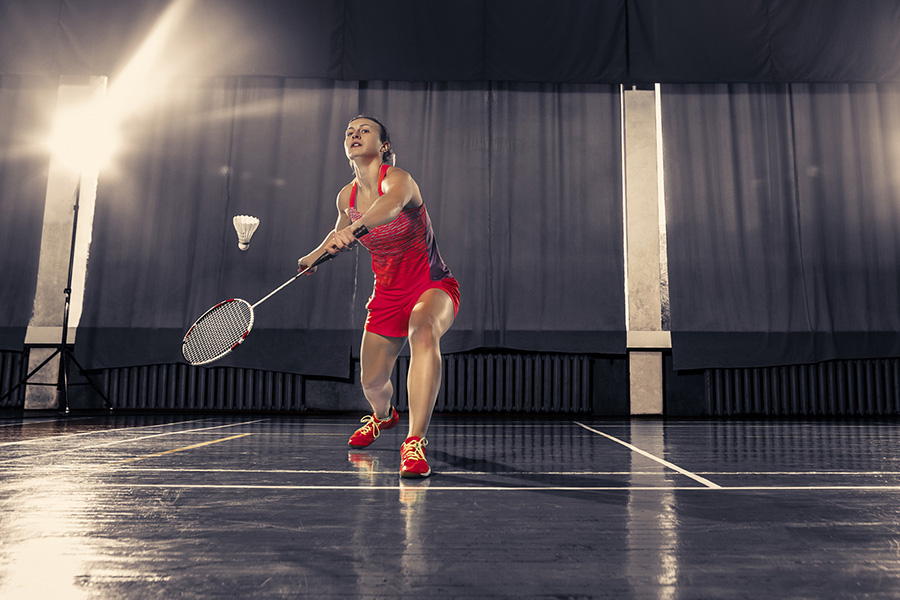
The findings of this study suggest that economic barriers, lack of sporting infrastructure and culture, lack of potential career opportunities, knowledge barriers, and socio-cultural barriers are vital reasons that have implications for limiting women’s participation in sports and society alike.
Authors
Debashree Das, Faculty of Management Studies, University of Delhi, New Delhi, Delhi, India.
Patanjal Kumar, Assistant Professor, Jindal Global Business School, O. P. Jindal Global University, Sonipat, Haryana, India.
Aasheesh Dixit, Amrut Mody School of Management, Ahmedabad University, Ahmedabad, Gujarat, India.
Vivek, Institute of Hotel and Tourism Management, Maharshi Dayanand University, Rohtak, Haryana, India.
Summary
The advent of modernity has changed the sports landscape of the world, wherein all barriers, especially gender discrimination, have been broken, with men and women competing shoulder to shoulder in the sports arena. However, the sports landscape in India is completely different, as all the major sports activities are dominated by men. The aim of this study is to classify and rank the barriers that deter women’s participation in sports in India. For achieving this objective, a multi-criteria decision-making technique of Interpretive Structural Modelling (ISM) and MICMAC analysis has been used for relative ranking and classification of barriers that lead to gender discrimination in sports in India.
The study encapsulates significant barriers that hinder women from actively participating in sports in India. The findings of our study suggest that economic barriers, lack of sporting infrastructure and culture, lack of potential career opportunities, knowledge barriers, and socio-cultural barriers are vital reasons that have implications for limiting women’s participation in sports and society alike. From a policy perspective, the proposed model will help identify the key barriers that ought to be addressed to bridge the gap between men and women in the sports sector in India.
Published in: Business Perspectives and Research
To read the full article, please click here.


